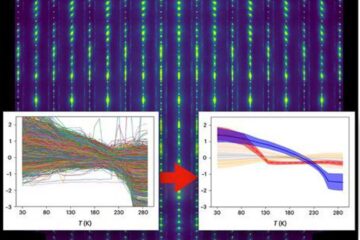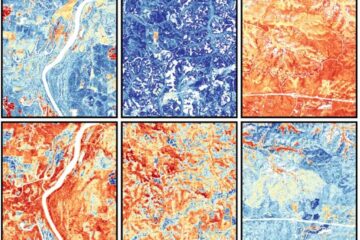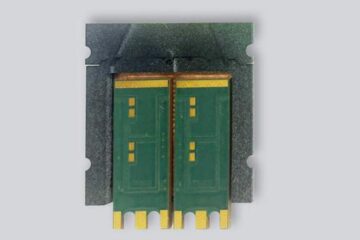ALMA observatory equipped with its first antenna

The first of many state-of-the-art antennas has just been handed over to the Atacama Large Millimeter/submillimeter Array (ALMA) project. ALMA is under construction on the plateau of Chajnantor, at an altitude of 5000 m. The telescope is being built by a global partnership, including ESO as the European partner.
ALMA will initially comprise 66 high precision antennas, with the option to expand in the future. There will be an array of fifty 12-metre antennas, acting together as a single giant telescope, and a compact array composed of 7-metre and 12-metre diameter antennas.
With ALMA, astronomers will study the cool Universe — the molecular gas and tiny dust grains from which stars, planetary systems, galaxies and even life are formed. ALMA will provide new, much-needed insights into the formation of stars and planets, and will reveal distant galaxies in the early Universe, which we see as they were over ten billion years ago.
The first 12-metre diameter antenna, built by Mitsubishi Electric Corporation for the National Astronomical Observatory of Japan, one of the ALMA partners, has just been handed over to the observatory. It will shortly be joined by North American and European antennas.
“Our Japanese colleagues have produced this state-of-the-art antenna to exacting specifications. We are very excited about the handover because now we can fully equip this antenna for scientific observations,” said Thijs de Graauw, ALMA Director.
Antennas arriving at the ALMA site undergo a series of tests to ensure that they meet the strict requirements of the telescope. The antennas have surfaces accurate to less than the thickness of a human hair, and can be pointed precisely enough to pick out a golf ball at a distance of 15 km.
“ALMA is very important to European astronomers and to ESO, the European partner in this project, because it allows us to look at the Universe in a way that has never been possible before. It really marks the start of a new era in astronomy,” said Wolfgang Wild, the European ALMA Project Manager.
This antenna handover is a major milestone, as the observatory team can now proceed with integrating the rest of the components, including the sensitive receivers that will collect the faint cosmic signals from space.
The antennas are tested at the Operations Support Facility, at an altitude of 2900 m, before being moved to the plateau of Chajnantor at 5000 m. The Operations Support Facility will also be the observatory's control centre.
ALMA is being built on the Chajnantor plateau, high in the Chilean Andes, because the site's extreme dryness and altitude offer excellent conditions for observing the submillimetre-wavelength signals for which the telescope is designed.
In addition, the wide plateau at Chajnantor offers ample space for the construction of the antenna array, which is spread out and linked together over distances of more than 16 kilometres.
“The ALMA antennas must withstand the harsh conditions at Chajnantor with strong winds, cold temperatures and a thin atmosphere with half as much oxygen as at sea level. This forbidding environment also poses challenges for the workers building ALMA,” said de Graauw.
The antennas, which each weigh about 100 tons, can be moved to different positions in order to reconfigure the ALMA telescope. This will be carried out by two custom-designed transporters, each of which is 10 metres wide, 20 metres long, and has 28 wheels (ESO 32/07).
The ALMA Project is a partnership between the scientific communities of East Asia, Europe and North America with Chile.
Media Contact
More Information:
http://www.eso.org/public/outreach/press-rel/pr-2008/pr-49-08.htmlAll latest news from the category: Physics and Astronomy
This area deals with the fundamental laws and building blocks of nature and how they interact, the properties and the behavior of matter, and research into space and time and their structures.
innovations-report provides in-depth reports and articles on subjects such as astrophysics, laser technologies, nuclear, quantum, particle and solid-state physics, nanotechnologies, planetary research and findings (Mars, Venus) and developments related to the Hubble Telescope.
Newest articles

Machine learning algorithm reveals long-theorized glass phase in crystal
Scientists have found evidence of an elusive, glassy phase of matter that emerges when a crystal’s perfect internal pattern is disrupted. X-ray technology and machine learning converge to shed light…

Mapping plant functional diversity from space
HKU ecologists revolutionize ecosystem monitoring with novel field-satellite integration. An international team of researchers, led by Professor Jin WU from the School of Biological Sciences at The University of Hong…

Inverters with constant full load capability
…enable an increase in the performance of electric drives. Overheating components significantly limit the performance of drivetrains in electric vehicles. Inverters in particular are subject to a high thermal load,…





















